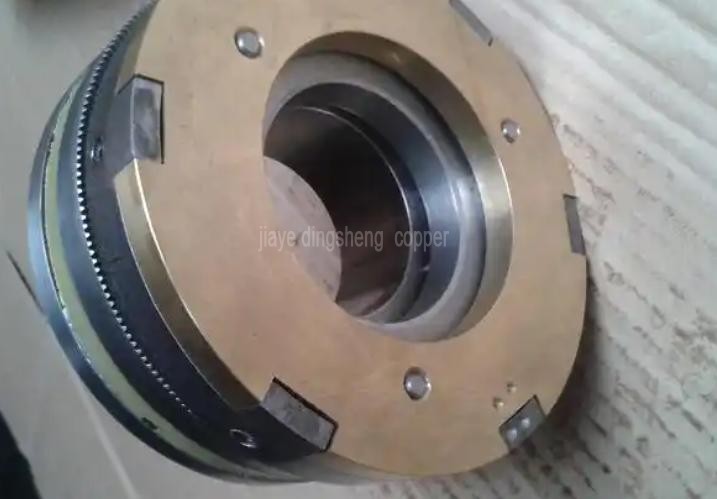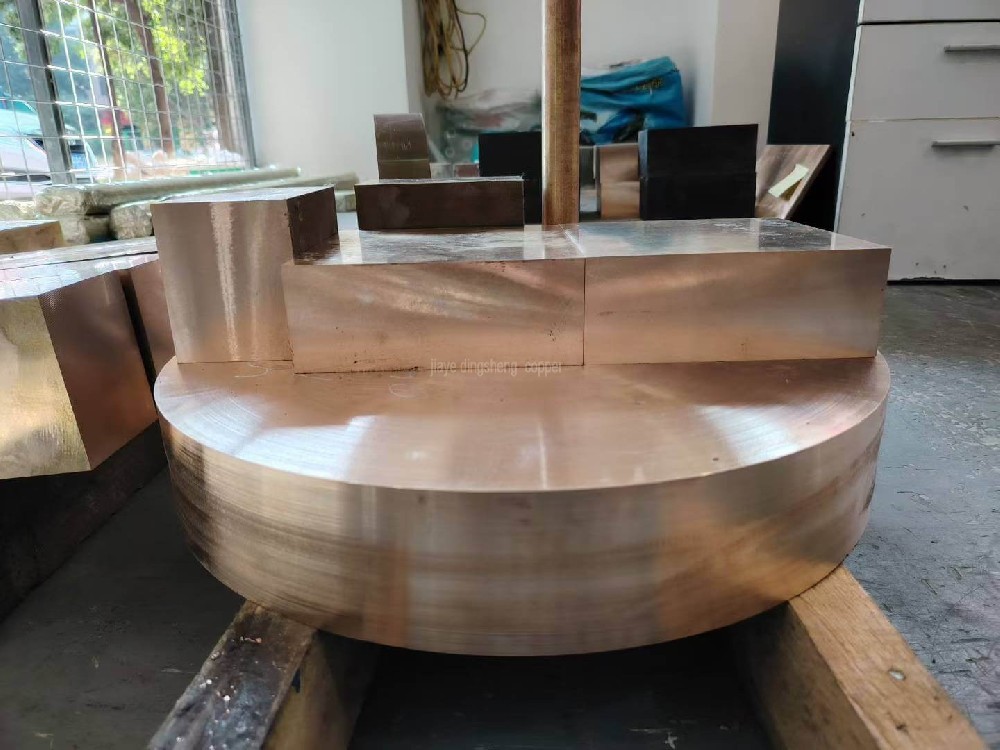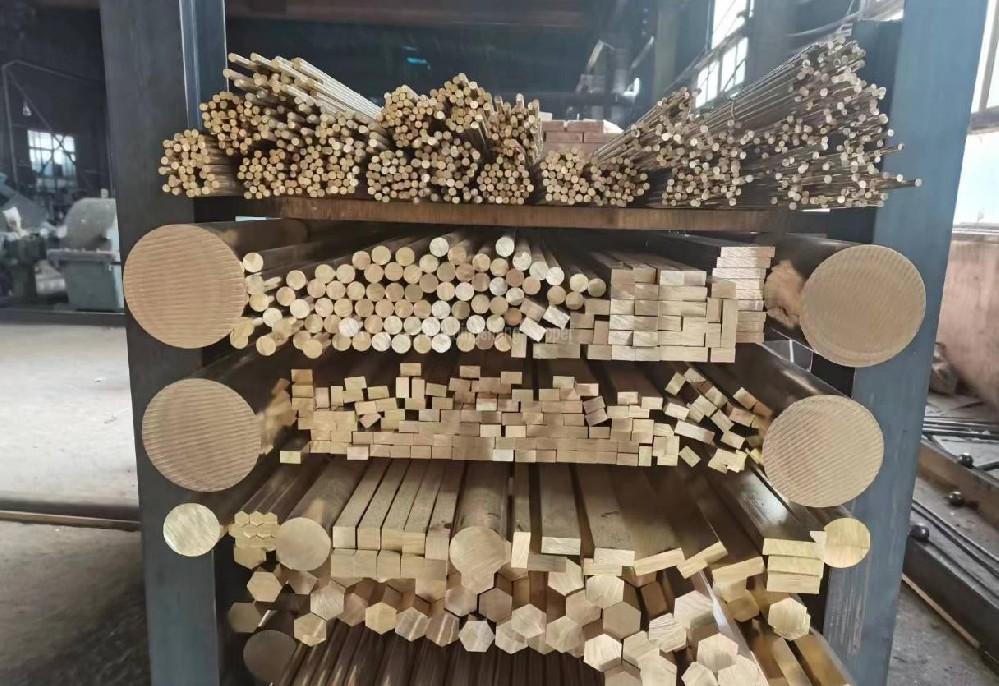Beryllium copper thermal expansion coefficient
What is the thermal conductivity coefficient of beryllium copper?
The thermal conductivity of beryllium copper ranges from approximately 150 W/(m·K) to 400 W/(m·K), and the specific value depends on the type of beryllium copper alloy used and the temperature. For example, the thermal conductivity of C17200 beryllium copper at 20℃ is 105 W/(m·K), while the thermal conductivity of C17500 beryllium copper wire is 320 W/(m·K).
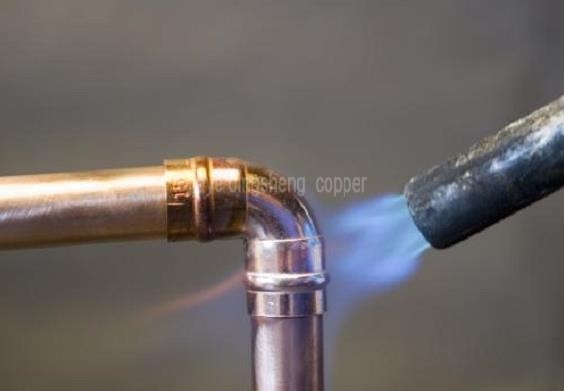
Overview of Beryllium Copper Thermal Conductivity
Beryllium copper, as a high-performance copper alloy, stands out among various metal materials due to its excellent thermal conductivity. Thermal conductivity is an important indicator for measuring the thermal conductivity performance of a material, representing the ability of heat to transfer within the material along the temperature gradient direction per unit time and per unit area. The thermal conductivity of beryllium copper varies depending on the alloy type and temperature, which gives beryllium copper a significant advantage in applications requiring high thermal conductivity.
The thermal conductivity of beryllium copper is influenced by the alloy type, and the common values are as follows:
C17300 beryllium copper: approximately 110 W/(m·K). 1
CW110C beryllium copper: 105–120 W/(m·K). 2
C17200 beryllium copper: 115 W/(m·K). 3
CuBe2 beryllium copper: 105–160 W/(m·K). 4 5
BeCu25/C17500 beryllium copper: 120–250 W/(m·K), but this range is relatively wide and may include measurement errors or special treatments.
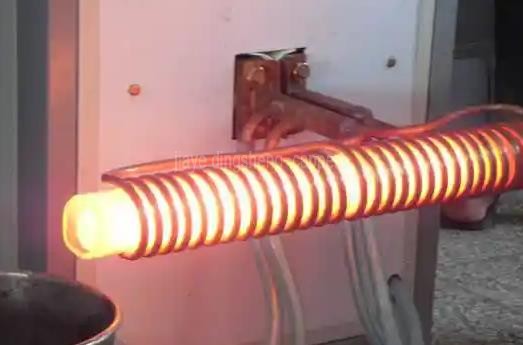
Influencing factors and applications
Alloy composition: An increase in the content of beryllium in the alloy will enhance the strength but slightly reduce the thermal conductivity; impurities (such as aluminum and magnesium) need to be controlled at ≤0.2% to maintain performance.
Heat treatment process: Solid solution and aging treatment can optimize the thermal conductivity. For example, after the C17300 is processed, the electrical conductivity is ≥43 MS/m.
Comparative advantages: The thermal conductivity of beryllium copper is 3–4 times that of mold steel, but it is lower than pure copper (about 385 W/(m·K)), suitable for high heat conduction scenarios such as electronic heat dissipation substrates and welding electrodes.
Application scenarios: It is used in 5G connectors, semiconductor heat dissipation substrates (105–120 W/(m·K)) and aviation lightweight parts (110–160 W/(m·K)).
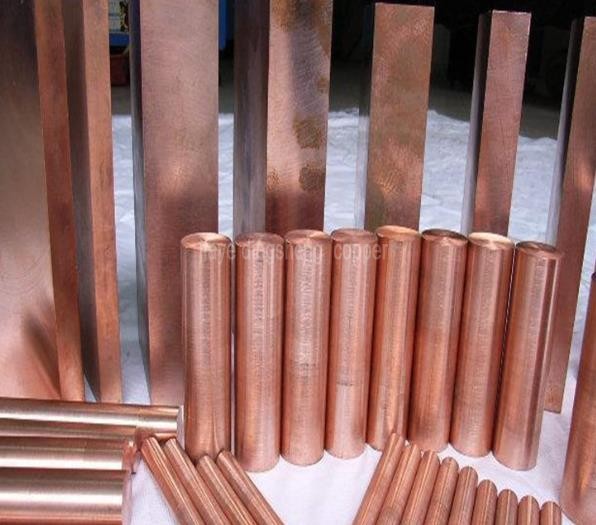
Influencing factors of beryllium copper's thermal conductivity
1. Alloy type: The content of beryllium in the beryllium copper alloy and the addition of other alloy elements will affect its thermal conductivity. For example, CuBe2 is a copper alloy containing 2% beryllium, which has excellent mechanical properties and thermal conductivity. Its thermal conductivity is 150 W/(m·K), more than twice that of pure copper. Different types of beryllium copper alloys such as C17200 and C17500 have different thermal conductivity values.
2. Temperature: Temperature is another important factor affecting the thermal conductivity of a metal material. As the temperature increases, the atomic vibrations inside the metal intensify, resulting in reduced heat transfer and decreased thermal conductivity. Therefore, in practical applications, it is necessary to select the appropriate beryllium copper alloy based on the working environment's temperature to ensure its thermal conductivity.
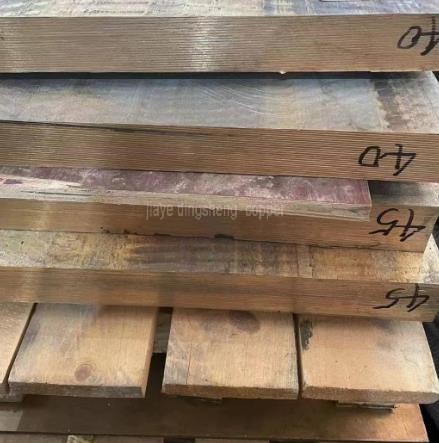
Applications of beryllium copper
Because of its excellent thermal conductivity and other advantages, beryllium copper is widely used in multiple fields. For example, in the heat exchange field, the high thermal conductivity of beryllium copper helps improve heat exchange efficiency and reduce energy consumption. In addition, in electronics, aerospace, and automotive manufacturing, beryllium copper is favored due to its excellent mechanical properties and corrosion resistance. Summary
In conclusion, the thermal conductivity of beryllium copper varies depending on the type of alloy and temperature. When selecting beryllium copper materials, one needs to comprehensively consider factors such as its thermal conductivity, mechanical properties, corrosion resistance, and working environment. With the continuous development of technology, the application of beryllium copper in various fields will become increasingly widespread.
# Tags:
-
Beryllium copper thermal expansion coefficient

